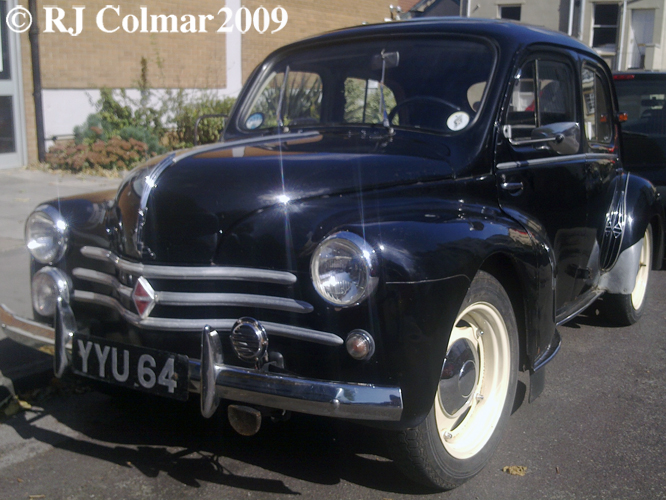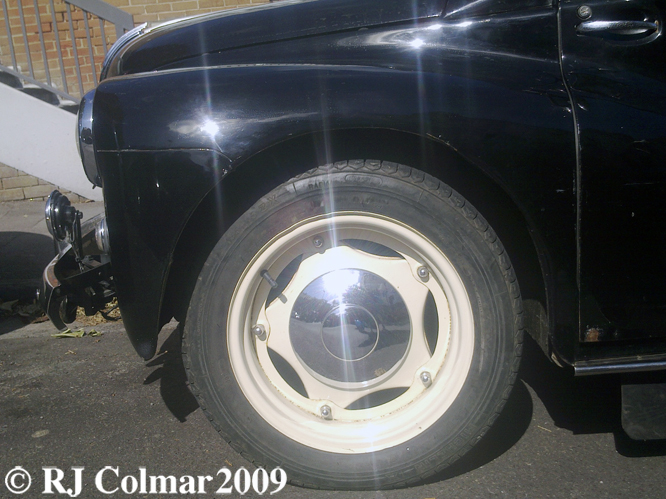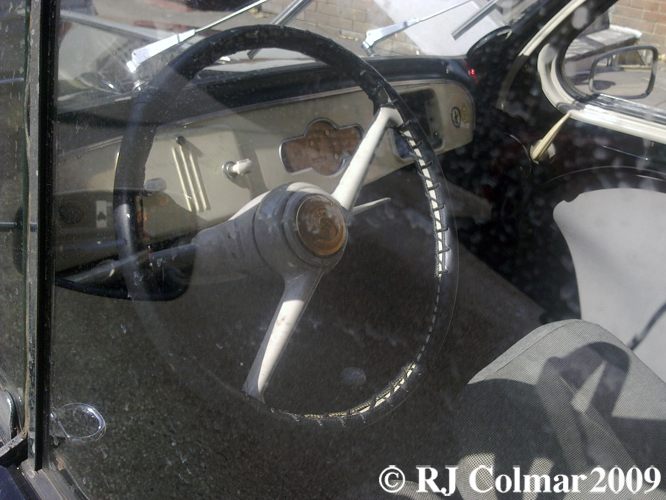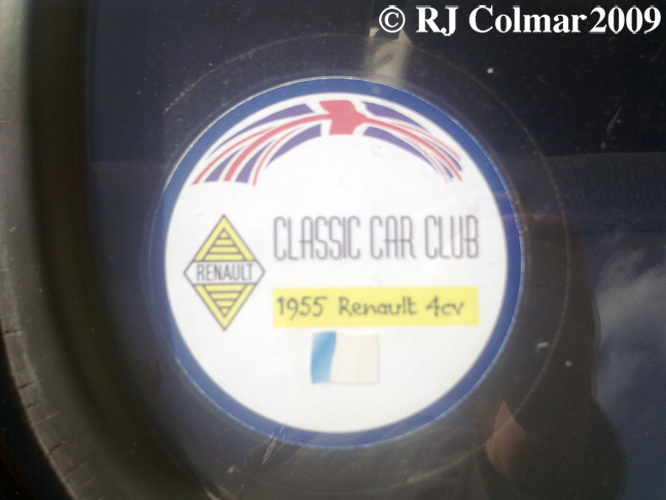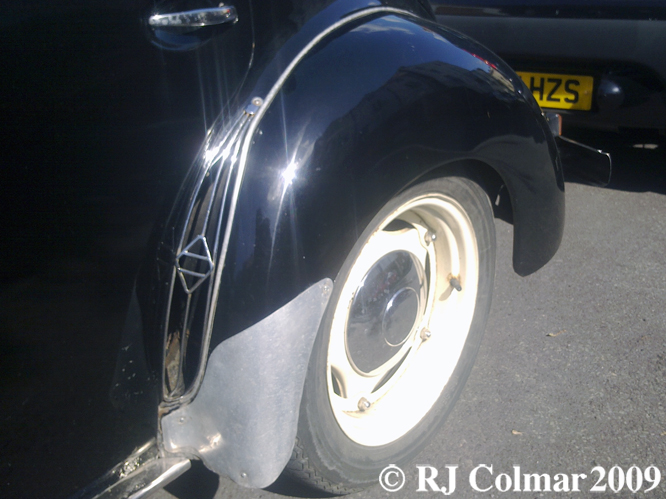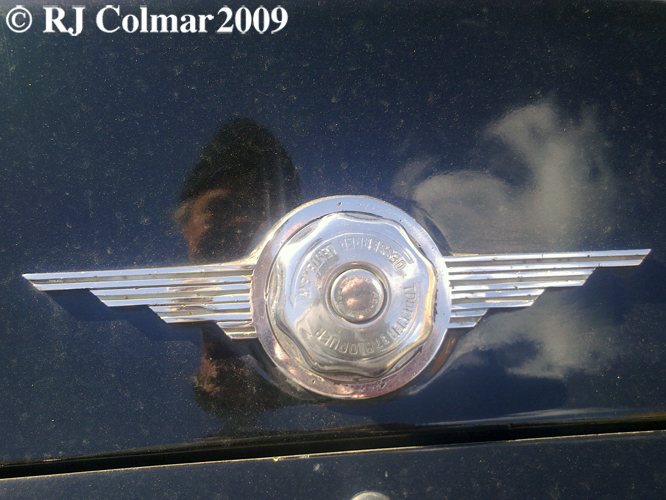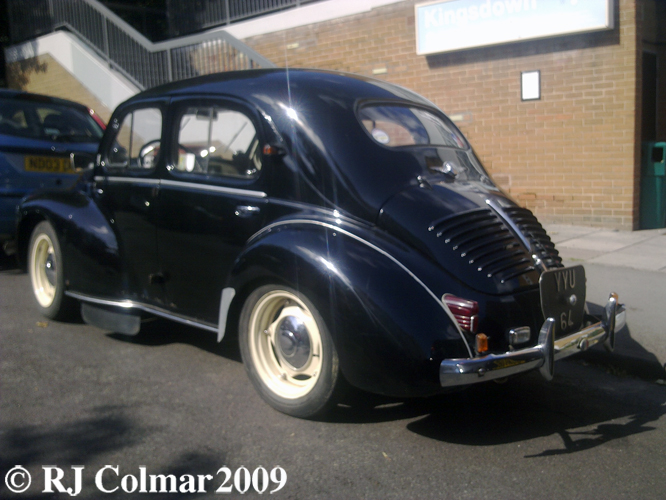In 1965 Alejandro de Tomaso turned his attention to building a run of 50 sports racing cars, to be known as the Sport 5000 using the central backbone chassis architecture of his Vallelunga road car as a starting point.
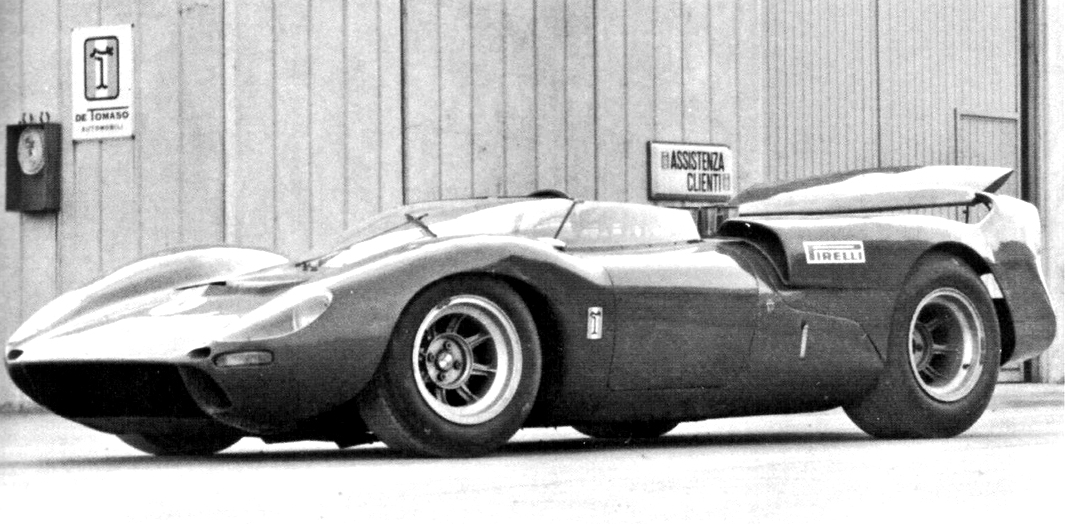
Photo Courtesy Bill Noon / Symbolic International.
He replaced the 100 hp 4 cylinder Ford Kent motor used in the road car with a 475 hp 4.7 litre / 289 Ford V8 sourced from Carroll Shelby of the type developed for the Cobra sports racing cars.
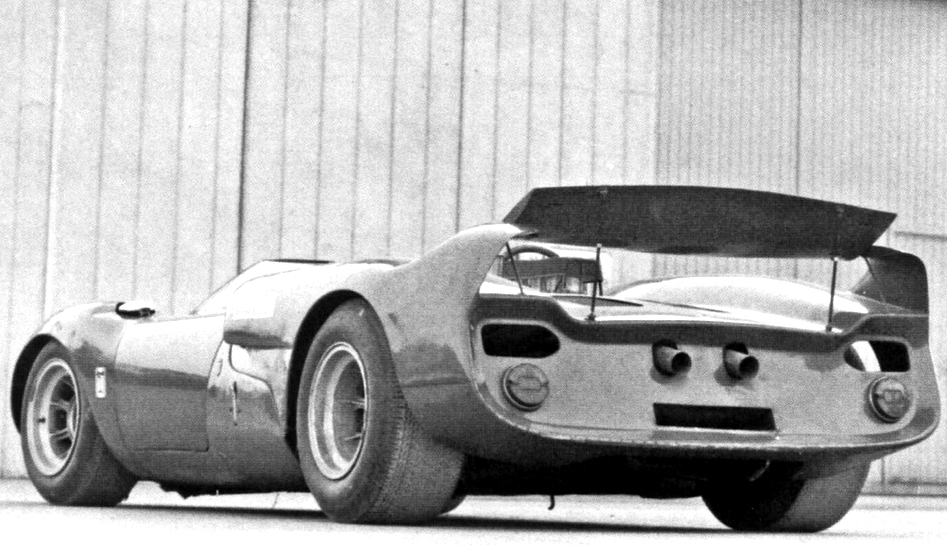
Photo Courtesy Bill Noon / Symbolic International.
The open top aluminium body work was designed by Pete Brock, who was responsible for designing the Cobra Coupé bodywork for Carroll Shelby, a year earlier and crafted by Fantuzzi.
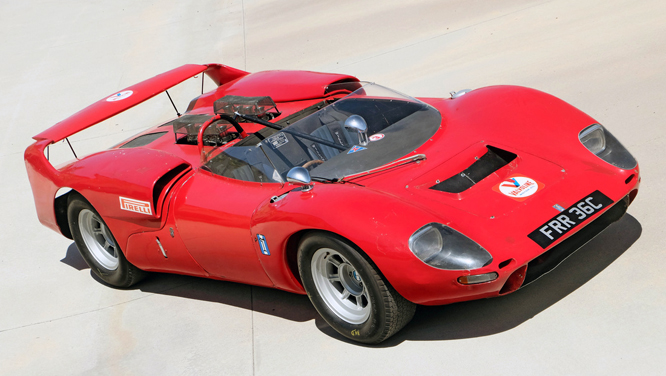
Photo Courtesy Bill Noon / Symbolic International.
The cars first public appearances, with rear wheels covered, were in the 1965 Turin Motor Show and 1966 Modena Racing Car Show. Around this time Ghia had stepped in with some financial assistance and the car was known as the Ghia de Tomaso. In March 1966 Pierre Noblet, Franco Bernabei, Umberto Maglioli were entered to drive the car in the Sebring 12 Hours, but it failed to show up.

Photo Courtesy Bill Noon / Symbolic International.
The Sport 5000 entry for the 1966 Le Mans 24 Hours was refused by organisers Automobile Club de l’Ouest, but in July 1966 Roberto Bussinello drove the Sport 5000, on it’s competition debut, in the Cuircuito del Mugello road race where the car retired on the opening, 66 km, lap.
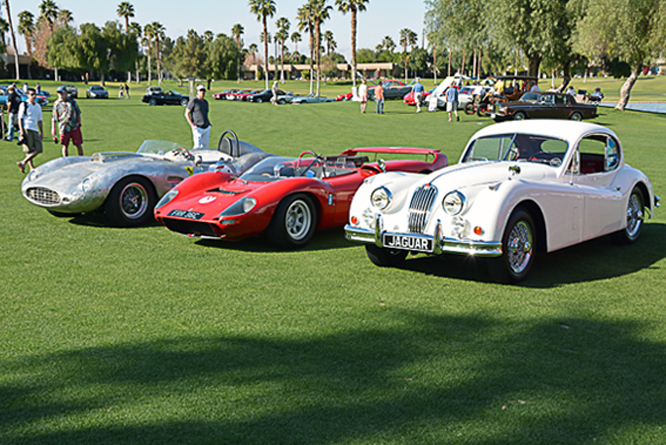
The only Sport 5000 built at de Tomaso’s Modena factory would never race again, by this time Shelby had turned his attentions to the Ford GT40 programme and production of the Sport 5000 was put on indefinite ice.
Pete Brock used elements of the Sport 5000 design including the adjustable rear wing, in the Suzuki Hino race car, while de Tomaso used the strengthend chassis design in the Ford 289 and later 302 cui V8 powered de Tomaso Mangusta.
The unique Sport 5000, a contemporary of the Ford GT40 and Ferrari P3, did not surface again until after Alejandro de Tomaso died in 2004. In 2006 a second car was built known as a 70P using the original cars panels as a template for the copy.
Earlier this year the de Tomaso Sport 5000, which is now being offered for sale by Bill Noon’s Symbolic International, was seen, above, by Geoffrey Horton at Palm Springs Concours d’Elegance.
My thanks to Bill Noon at Symbolic International for sharing his photographs of the Sport 5000 and to Geoffrey Horton for sharing his photograph too !
Thanks for joining me on this “Brock’s Fantuzzi Body” edition of Gettin’ a li’l psycho on tyres” I hope you will join me again tomorrow when I’ll be looking at an American project that took Jaguar back to Le Mans in the mid 1980’s. Don’t forget to come back now !


